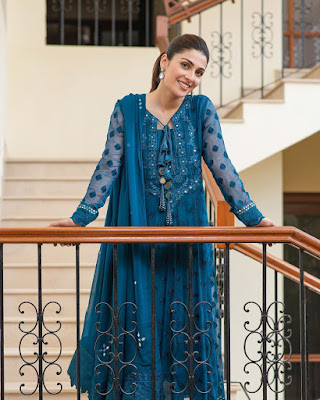Monday, 09 April, 2012 13:03
Above: a short Nikon D800 full 1080p example – click through to the Vimeo page here to download the original D800 file
Nikon’s people say their downsampling technique for the D800′s video mode is classified info. So Falk Lumo has gone and found out for himself, with a great technical analysis of the Nikon D800 and how it obtains 1080p video from the huge 36MP Sony sensor inside.
Does it line-skip? The answer is ‘yes’ but Falk says it is a much refined version of line-skipping on the 5D Mark II.
According to his blog post, the D800 reads every 3rd line of the sensor from a 1.095x crop in FX mode. When the sensor output is demosaiced to a near-final RGB image, resolution is an impressive 2240 x 1260.
This is then downsampled (presumably in a pretty decent way) to 1920 x 1080.
This benefits resolution, but due to the original line skipping there’s still some moire and aliasing especially on high contrast horizontal lines.
Falk hasn’t fully tested the 5D Mark III yet but you can download the chart and post the results on the forum in this thread. To download and print the chart click ‘Save Photo’ at the top of this page - do not copy and paste the image from the page, instead download the original high resolution chart. It would also be interesting to try this technique with the GH2 to see why it is so good!!
He does however speculate that the 5D Mark III does not line skip but pixel bins crudely before read-out to create a RGB 1080p image.
“This improves noise and aliasing performance but unlike downsampling, doesn’t help the resolution.”
The D800 loses 1.8 stops of low light performance due to line skipping. It seems Canon’s priority was on fixing moire, aliasing and improving low light performance rather than addressing the resolution concerns of their DSLRs… a concern that will be solved (for the high end market at least) with the 4K EOS DSLR due this year.
Nokia 808 PureView shows way forward
The Nokia 41MP 808 smartphone meanwhile does not line skip to produce 1080p but creates ‘super pixels’ by averaging. This is the way forward for DSLRs as well, since at the moment, both line skipping and basic 3×3 pixel binning are simply throwing data away.
The problem is that the CMOS sensors in DSLRs are pretty large and power hungry compared to the much smaller more economical CMOS in the Nokia 808 and the architecture of Canon, Nikon and Sony’s sensors are not optimised for video but for stills.
In my opinion Canon’s product strategy for the 5D Mark III was too conservative to fully exploit the demand for full frame 35mm video at $3500. They should have done two versions, one with a sensor optimised for stills and one for video. The only difference between the two cameras would be the sensor and firmware. The sensor in the video optimised one would be a 8MP full frame CMOS which reads the whole lot out to 4K video, and does 8MP stills. The other sensor would be similar to the Nikon D800′s. But there was no financial motivation to offer this when they can charge their customers $3500 for a stills camera which does reasonable 1080p and $10,000+ for a professional video camera or a 4K EOS.
Manufacturers could even make a hot-swappable sensor unit and just produce one camera. When you need video you slide in the 8MP 4K CMOS and when you need stills you slide in the 36MP CMOS. It could go in on a plate with a slot at the side behind a door. But modularity doesn’t make as much profit.
Source: http://www.eoshd.com/content/7788/classified-no-longer-how-the-nikon-d800s-36mp-sensor-line-skips-for-1080p



